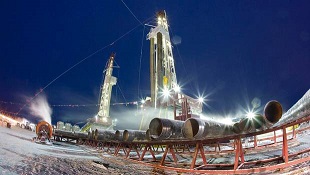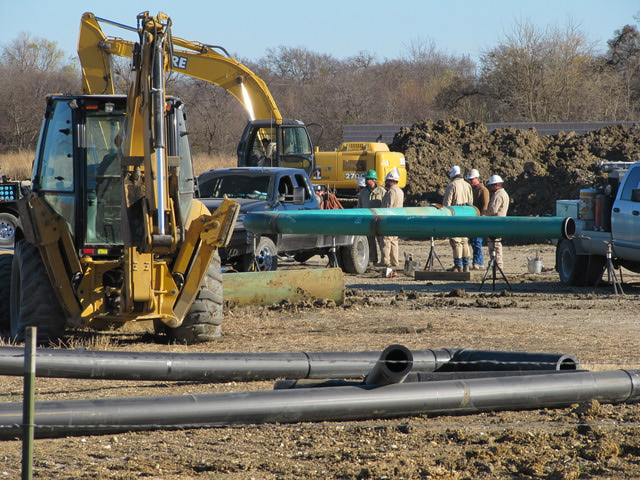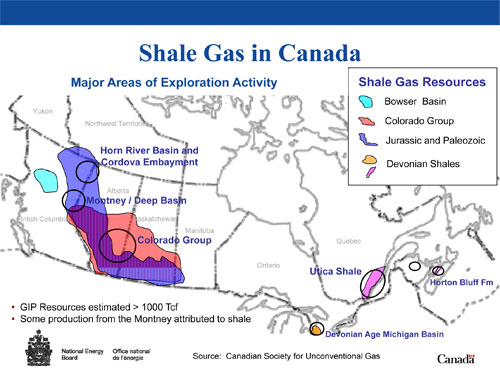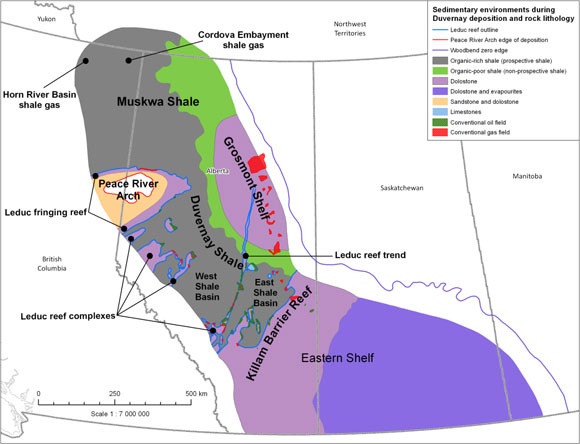
02 Feb Is Liquid Natural Gas Alberta’s saving grace in 2015?
Alberta is Canada’s energy province and has a world-class natural resource base of liquid natural gas (LNG). There are some variances as to the percent of liquid natural gas produced in Alberta; they range from 69% to 80%. Regardless of which percentage you look at, the production of LNG in Alberta is significant to Canada’s economy.

Reserves for remaining conventional natural gas in Alberta are estimated at an astonishing 33 trillion cubic feet. In 2013 alone, 3.2 trillion cubic feet was produced, including coalbed methane, natural gas found in coal seams. According to The Alberta Geological Survey, there is believed to be another 500 trillion cubic feet of coalbed methane in Alberta. https://albertacanada.com/business/industries/og-natural-gas-and-coal-bed-methane.aspx
The production and export of natural gas is critical to the province’s economy. Like conventional oil, conventional gas has peaked, this places significant pressure Alberta’s unconventional gas industry, shale gas, to meet current and future demands. Shale gas is found in organic rich rocks, such as shale, mudstone or laminated siltstone. Even though the exploration and production of shale gas has accelerated it is still in the early stages, as it equates to less than 0.1% of total natural gas production.
As part of Alberta’s energy infrastructure there is more than 400,000km of pipelines. Alberta has one of the most extensive natural gas systems in the world. In 2013 there were 1,019 successful natural gas well connections. http://www.energy.alberta.ca/NaturalGas/726.asp


The signing of two liquid natural gas agreements (Coastal Gaslink pipeline and Pacific Trail pipeline) between BC and the First Nations is nothing but good news for Alberta. http://energynow.ca/b-c-signs-lng-pipeline-deals-with-first-nation/. The pipelines are expected to help drive the expansion of shale gas development in Alberta and B.C.


